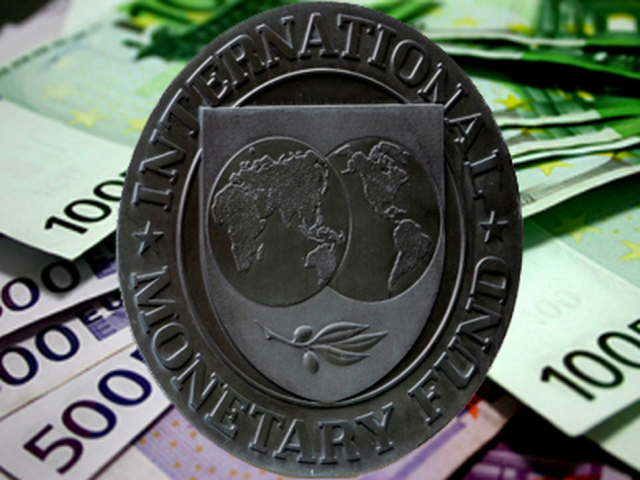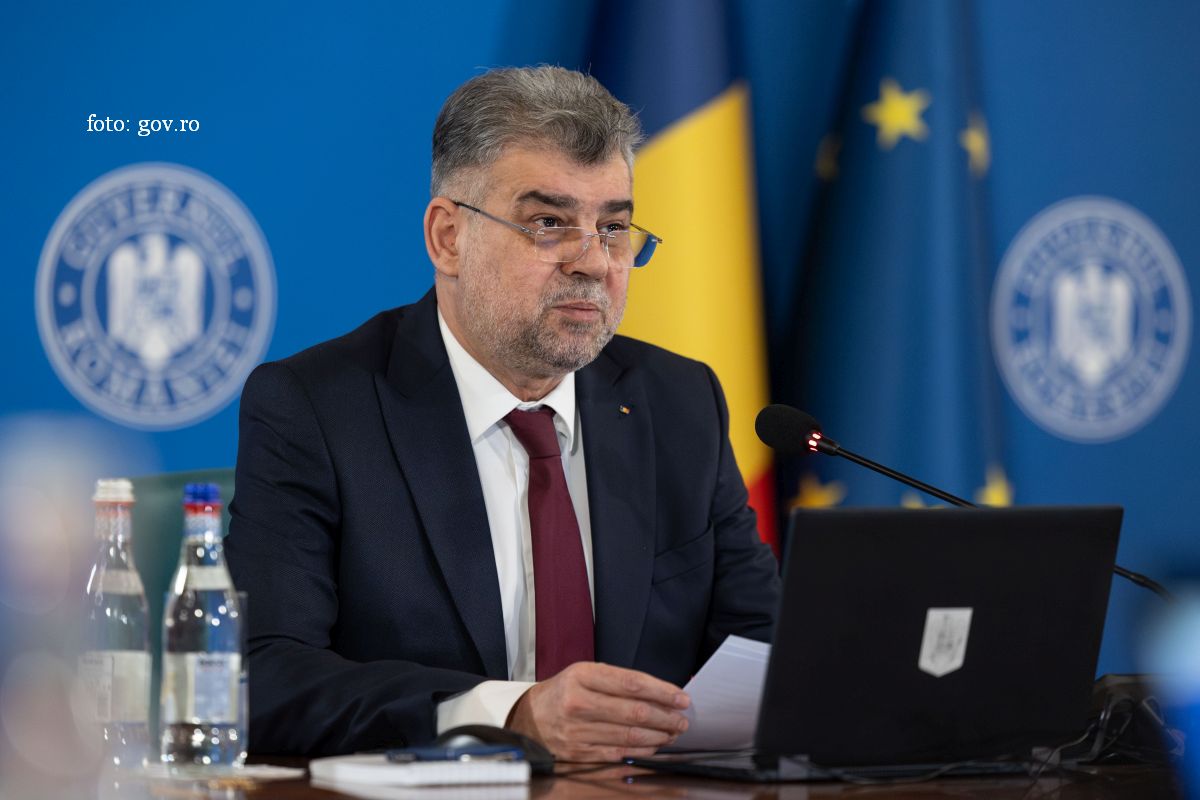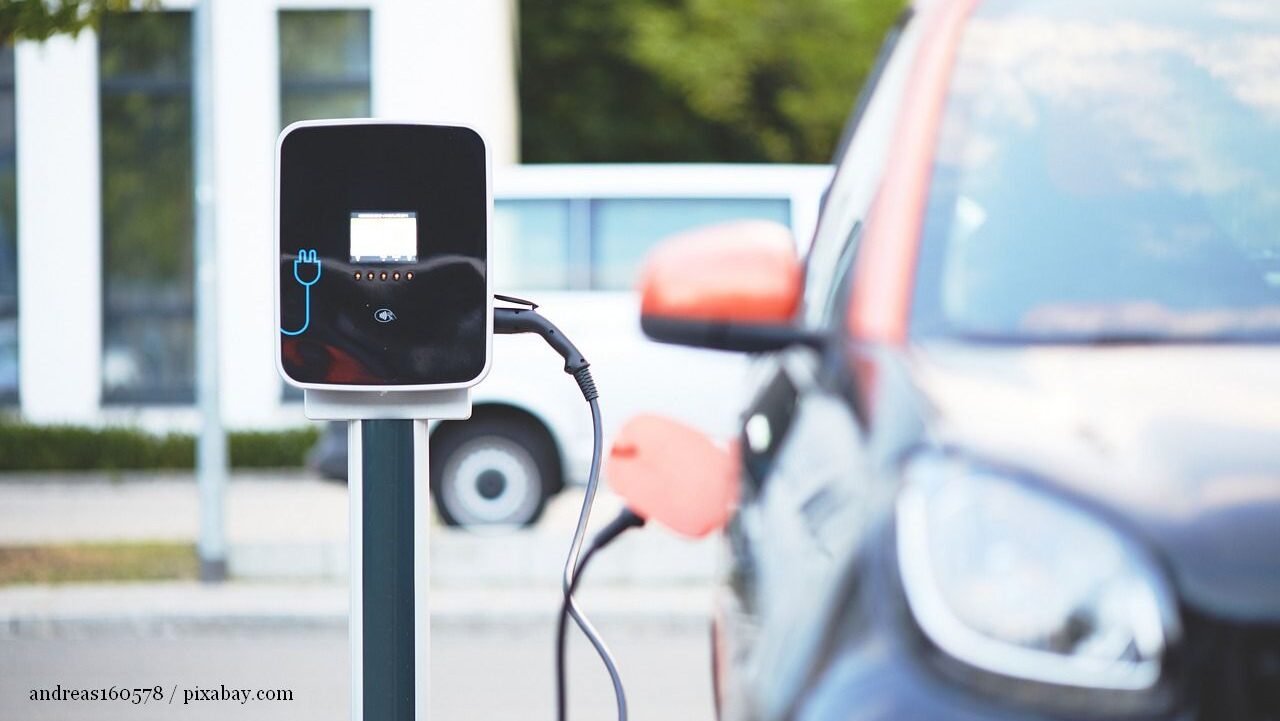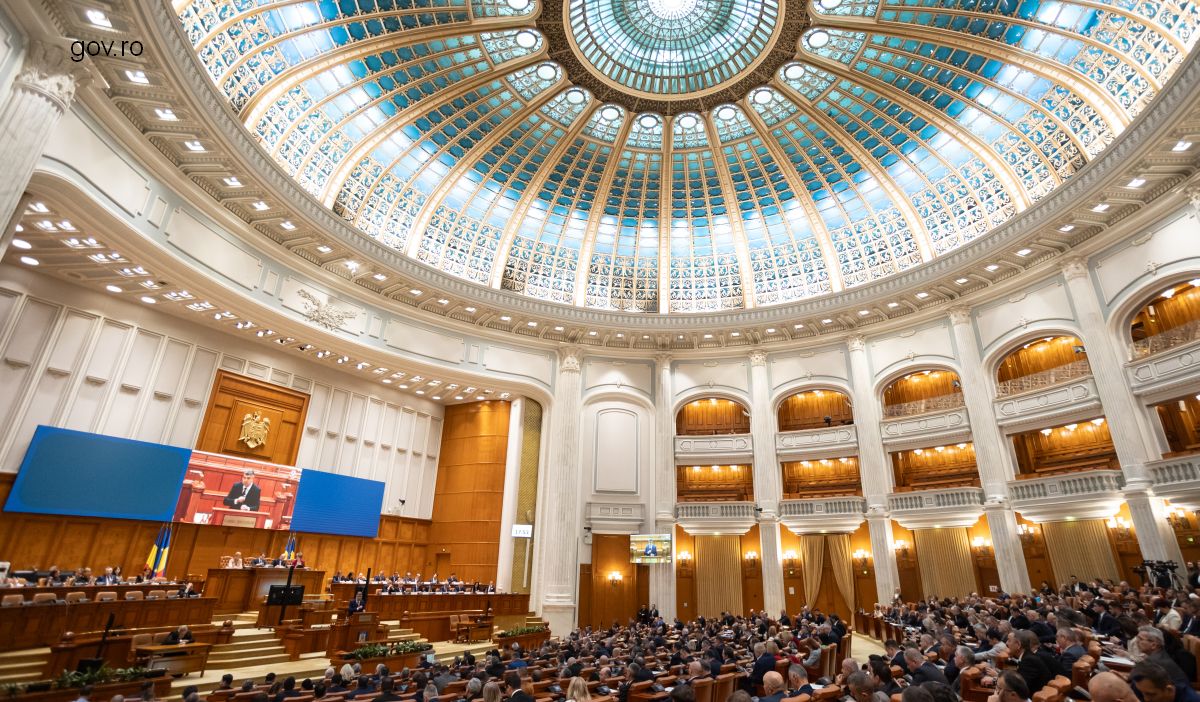Economic Developments in Romania
The IMF forecasts a 4.2% growth of Romania’s economy for 2017 and encourages the Romanian authorities to keep up the pace of the anti-corruption fight. In its Thursday’s report, the IMF hails the progress made by Romania in reducing economic imbalances after the global financial crisis, but it recommends a reorientation of policies from boosting consumption to supporting investments.

Daniela Budu, 26.05.2017, 13:42
The IMF forecasts a 4.2% growth of Romania’s economy for 2017 and encourages the Romanian authorities to keep up the pace of the anti-corruption fight. In its Thursday’s report, the IMF hails the progress made by Romania in reducing economic imbalances after the global financial crisis, but it recommends a reorientation of policies from boosting consumption to supporting investments.
As regards risks, the IMF underlines that the unitary pay bill, the increase in pensions and the new tax cuts could negatively affect the budget deficit, that could reach this year 3.7% of the GDP to further increase to 3.9% in 2018. In order to prevent the increase in deficits from endangering fiscal stability, the IMF recommends economic consolidation on medium term, supported by reforms that should boost the efficiency of the public sector. Also, a potential relaxation of fiscal prudence might negatively affect market confidence, and this risk, cumulated with an increase in political tensions, might affect consumption and investments, increase loan costs and put pressure on the currency exchange rate.
On the other hand, upon the presentation of the report on financial stability in 2017, the governor of the National Bank of Romania, Mugur Isărescu, said that a fast economic growth, as has been reported in Romania over the past months, even in a stable macroeconomic context, could equally imply growth risks. The governor explained that the central bank had the duty to pay attention to these risks and make them public, in order to diminish possible negative outcomes and avoid worrying the population.
Mugur Isărescu: “The fact that risks are reduced should not lead to the conclusion that ‘the national bank was wrong when it communicated a risk potential’. We do not intend to show that we are always right and bad things should happen. It is not our purpose and we don’t intend to scare the people. This is a European practice, because, in a sophisticated world, with sophisticated financial institutions risks are inherent.”
The vice-governor of the national bank, Liviu Voinea, says that, in comparison with the previous report, financial stability has remained robust in Romania, and risks have diminished in intensity and number, but have nevertheless diversified.
Liviu Voinea: “We consider that we are facing a potential, high systemic risk which is an external risk, but its evolution is slower than in the previous months. This risk refers to a rapid deterioration of investors’ trust in emerging economies. We have also identified three moderate risks, which are internal risks, namely tensed macroeconomic balances, the risk of maintaining a modest evolution of lending activities in the sector of non-financial companies and the legal framework in the financial and banking field.”
Liviu Voinea also said that a recently emerged risk, which is low for the moment, is that of an increase in real estate prices.
(Translated by Lacramioara Simion)






























